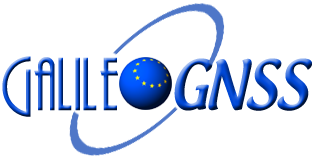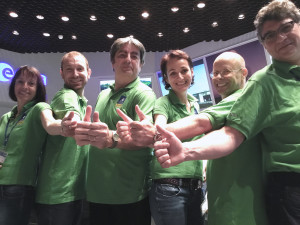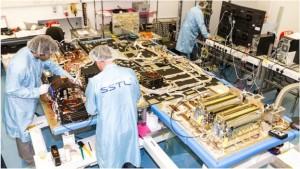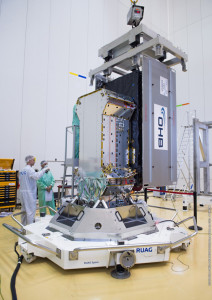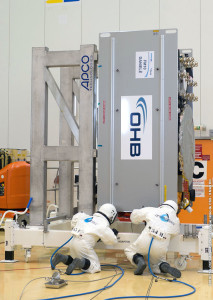The Galileo programme is Europe’s initiative for a state-of-the-art global satellite navigation system, providing a highly accurate global positioning service under civilian control. The fully deployed system will consist of 30 satellites and the associated ground infrastructure. Galileo will be inter-operable with GPS and GLONASS. It will deliver state of the art services like Search and Rescue (SAR), encrypted signals or superior accuracy time-stamping.
